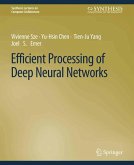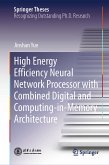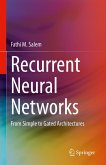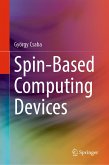As background, relevant biological features are described in terms of their computational and communication properties. The brain's neocortex is constructed of massively interconnected neurons that compute and communicate via voltage spikes, and a strong argument can be made that precise spike timing is an essential element of the paradigm. Drawing from the biological features, a mathematics-based computational paradigm is constructed. The key feature is spiking neurons that perform communication and processing in space-time, with emphasis on time. In these paradigms, time is used as a freely available resource for both communication and computation.
Neuron models are first discussed in general, and one is chosen for detailed development. Using the model, single-neuron computation is first explored. Neuron inputs are encoded as spike patterns, and the neuron is trained to identify input pattern similarities. Individual neurons are building blocks for constructing larger ensembles, referred to as "columns". These columns are trained in an unsupervised manner and operate collectively to perform the basic cognitive function of pattern clustering. Similar input patterns are mapped to a much smaller set of similar output patterns, thereby dividing the input patterns into identifiable clusters. Larger cognitive systems are formed by combining columns into a hierarchical architecture. These higher level architectures are the subject of ongoing study, and progress to date is described in detail in later chapters. Simulation plays a major role in model development, and the simulation infrastructure developed by the author is described.
Dieser Download kann aus rechtlichen Gründen nur mit Rechnungsadresse in A, B, BG, CY, CZ, D, DK, EW, E, FIN, F, GR, HR, H, IRL, I, LT, L, LR, M, NL, PL, P, R, S, SLO, SK ausgeliefert werden.









